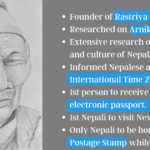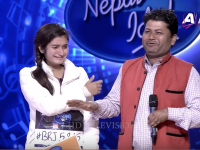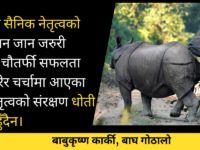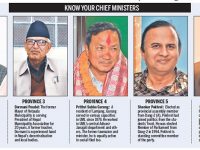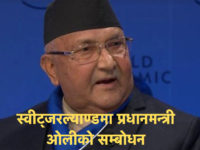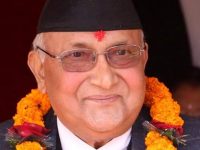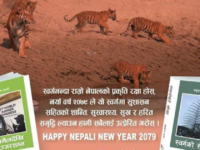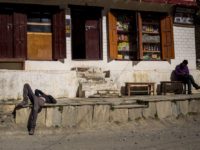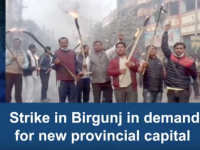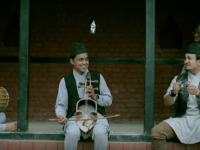This is the most upbeat time of the year in South Asia or for South Asians spread all areas of the world. As darkness engulfs the northern hemisphere more and more, and winter chill starts to grip the air, the light and the warmth of festival traditional lights of diyalo binds all the people. Despite regional variation in India and national variation between India and Nepal, the common thread and message is still victory of good over evil since light defeats the darkness.
When it comes to Nepali in the current time of increasing mixing of communities, some people feel that Nepalese are more attuned to Indian style of celebration than their own. Even the word choice of Diwali or Deepawali over Tihar seems to be irksome. Given the fact that since the infamous Maoist insurgency, Nepal has lost its identity in some ways, and the demographics has also totally changed.
Read This Too: Tihar Showcases The Advanced Nature Of Eastern Culture
More Terai-Nepalese people have moved into the hill areas so they are certain to bring their culture and variation to the immigrated regions. The good thing like rangoli, varieties of sweet treats, and other things are more than likely to be adopted by the hill people. So, picking up their slangs is quite normal. Since lighting different kinds of candles, clay put diyalo, electric light, and firecrackers are the most noteworthy part of the festival, people’s choice of word can also be affected, hence using the Indian term of Deepawali is quite natural.
Due to the enormous number of Nepalese who immigrated to India and resided under the rule of the Chand kings of Champawat, marriage relations between the residents of the border regions of the two nations have long been a custom. Even today, residents in the border areas maintain matrimonial customs with Nepal’s border region. The customs are maintained on both sides.
This does not mean that Tihar is the same as Diwali, or Deepawali. Tihar is a far more advanced and compassionate festival. In Nepal, Tihar is also called Yam Panchak, and starts with worshipping the crow and followed by dogs, which is not a part of Deepawali. Tihar celebrates the contribution of animals in our lives, for instance the crow, dogs, ox, and cows. While relationship of brother and sister is also unique to Tihar, not Deepawali. Even in Tihar, Newars have their own unique celebration of Mha Puja, worshipping their own physical body.
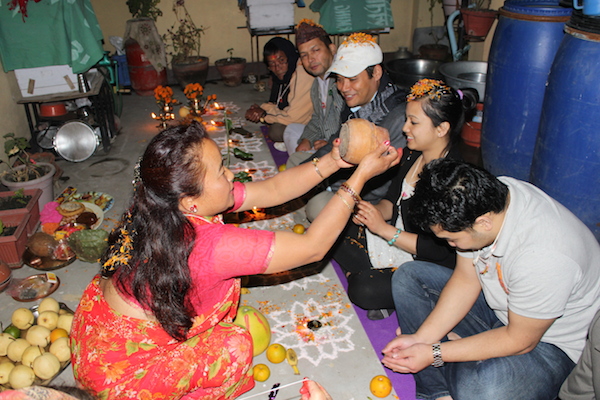
In India they have regional dieties to worship according to their folklores, like Kali in Bengal; Krisna in South India credited for killing the demon Narakasura, in Northern India Laxmi and Ganesh. We might not be aware that even the Sikhs and Jains also celebrate this festival. Closer to home, like North Indians, this festival is actually connected to Ramayana, when Ram returned to his home after 14 years of exile, having defeated Ravana.
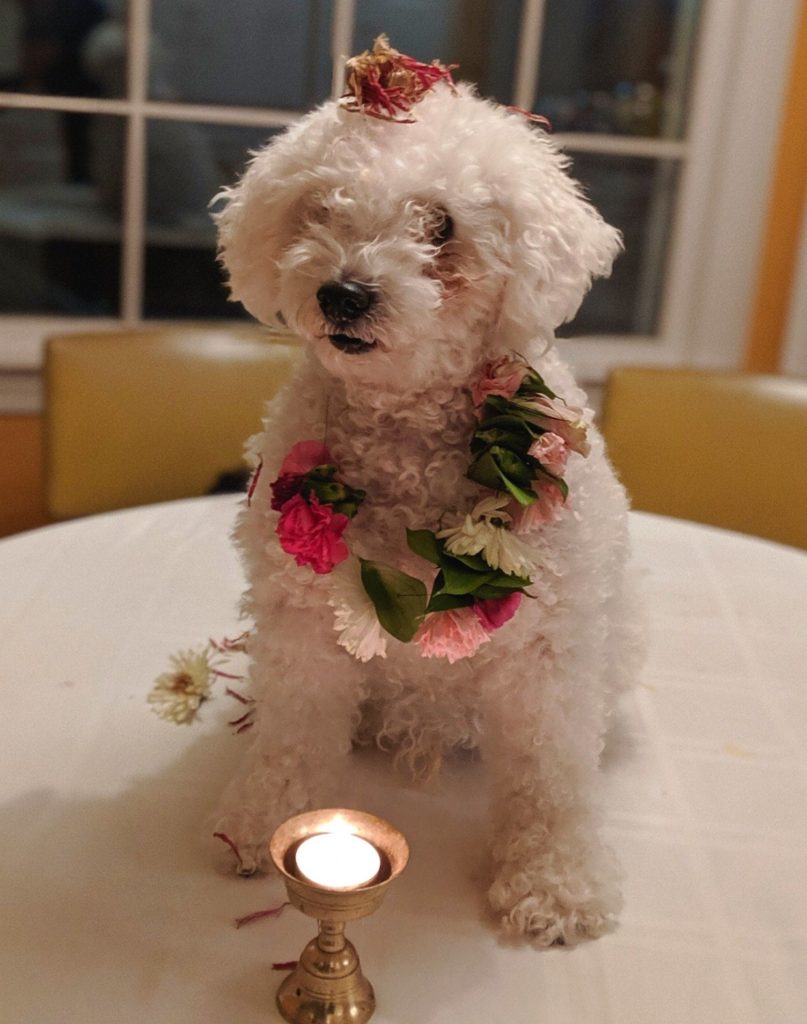
The good thing about festivals is that it brings people together, and add another dimension to mutual learning. For instance, Rangoli is a very attractive art, and now it had been adopted by Hill people of Nepal through assimilation. Hill cities now celebrate Chhat, use various sweets and other decorative items from the South, and the people who have moved into hill area cities are adopting sel roti, and worship of crow and dogs. Culture is thus a great uniting factor. If cities in USA can officially acknowledge Diwali festival, why not the people of same religion and culture?
No matter what, no matter the media influence, or the Bollywood movies, what is important to practice is respect for all variations, reasons, or terms associated with the festival. The happy things are the sweet treats, family harmony, brothers and sisters mutual appreciation, veneration of other beings that enrich our life, victory of good over evil, knowledge of ignorance, and ever remember that Yamaraj might visit us any given instance, and live to the fullest accordingly. Happy Tihar! Deepawali! Diwali! Yam Panchak!
Read This Too : Kukur Tihar in Mexico – A Ceremony Encouraging Respect for Animals
The writer is a graduate of Arizona State University in Political Science. He is working as a social activist and motivational speaker for students across Nepal since 2007.
The views and opinions expressed in this article are those of the author and do not necessarily reflect the official policy or position of Nepalisite.



